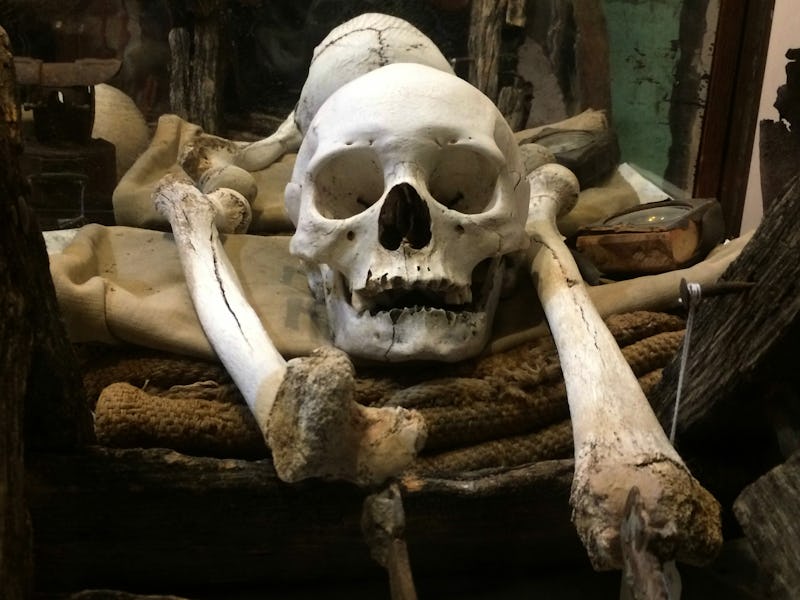'Bony Labyrinth' Reveals Patterns of Ancient Human Migration Out of Africa
A weird body part is unexpectedly informative.

It’s very well established that the very first modern humans evolved and emerged in what’s now Africa, but we’re still figuring out where and when they left our home continent. The Out of Africa story is constantly being rewritten — in the past year alone, researchers have established that they left multiple times — but the details are limited by the amount of DNA evidence our ancestors left behind. In a study published Monday, researchers point to an often-overlooked body part that’s shedding light on those ancient routes: the ‘bony labyrinth’ of the inner ear.
In the study, published Monday in the Proceedings of the National Academy of Sciences, researchers led by anthropologist Marcia S. Ponce de León, Ph.D. of the University of Zurich show that slight differences in this collection of tiny bones in the inner ear, found in fossils of ancient humans, actually show a lot about how far those people traveled away from Africa. This, in turn, helps scientists understand how present-day “genetic signatures” of people living in different regions came to be.
The 'bony labyrinth'showed an increased number of slight but significant differences in morphology as ancient humans moved away from Africa.
The three inner ear bones in question — the vestibule, semicircular canals, and cochlea — are known as the ‘bony labyrinth’ because of their looping, maze-like structure: up close, they whirl mysteriously like a Möbius strip or an overexcited pretzel. Like all human body parts, they differ slightly among individuals, and they tend to look more similar in people with similar genetics. The researchers thought they could use the morphologic similarities in ancient ears to tell how far their owners had traveled from Africa, where theoretically, at the very beginning of our history, the bony labyrinths of all humans looked extremely similar because we all had the same genes.
They started by taking high-resolution images of 221 ancient skulls, which represented 22 worldwide populations, 19 of which existed in the past 3,000 years, and three that were even older than that. Some were from Central Europe, others from Japan, and still others were from Indonesia. After characterizing the differences between the bony labyrinths of these different skulls, the researchers then compared that variation with previously reported genetic data previously reported to reflect migration from Africa.
Here, differences in color represent dispersal distance from sub-Saharan Africa (in blue), based on differences in inner ear morphology.
The results of their analysis, in which they drew connections between morphology, genes, and geography, showed one overarching trend: that differences in morphology increase as distance from Africa increases.
It may not seem especially groundbreaking that the ancient humans who lived farther away from Africa had greater variations in their genes than those who stayed closer to the continent, especially considering that it might have taken these populations many generations (thus allowing for more chances for their genetics to change) to move so far away. But, as the researchers point out, having this information codified and rooted in actual data is a useful tool for anthropologists, whose work, by nature, rely on very rare evidence.